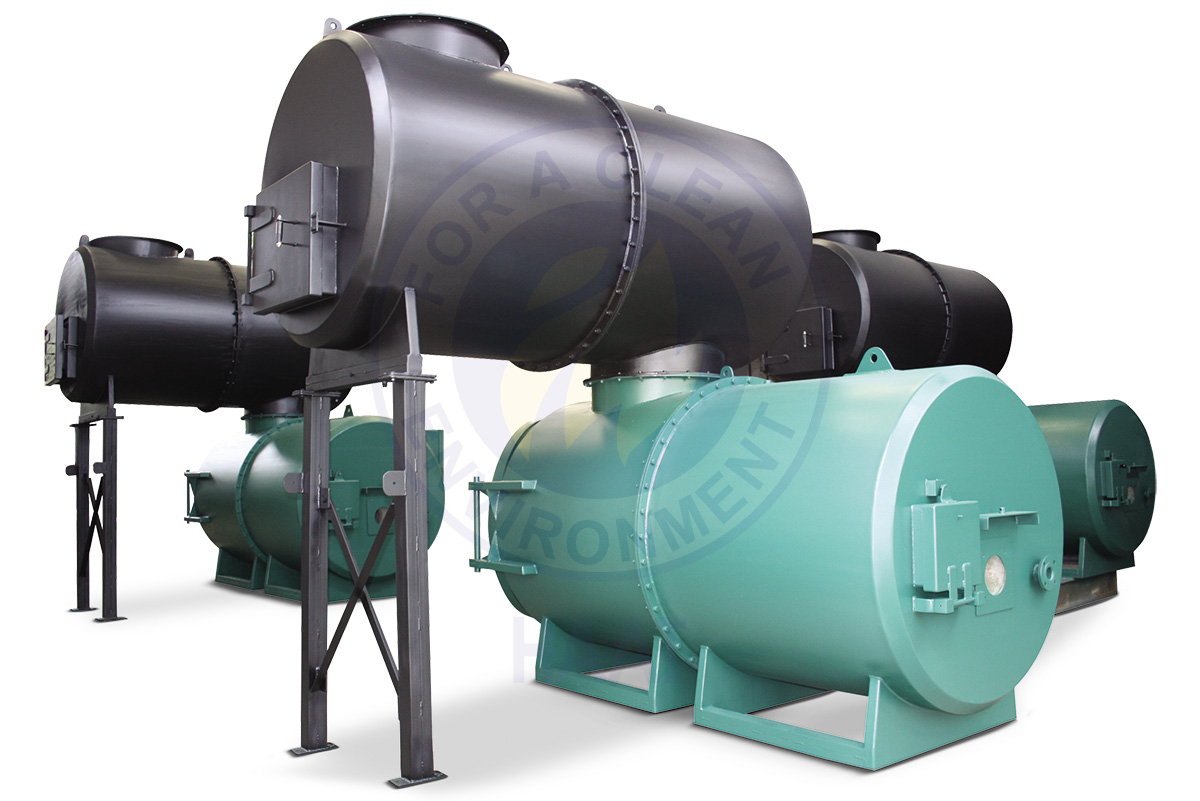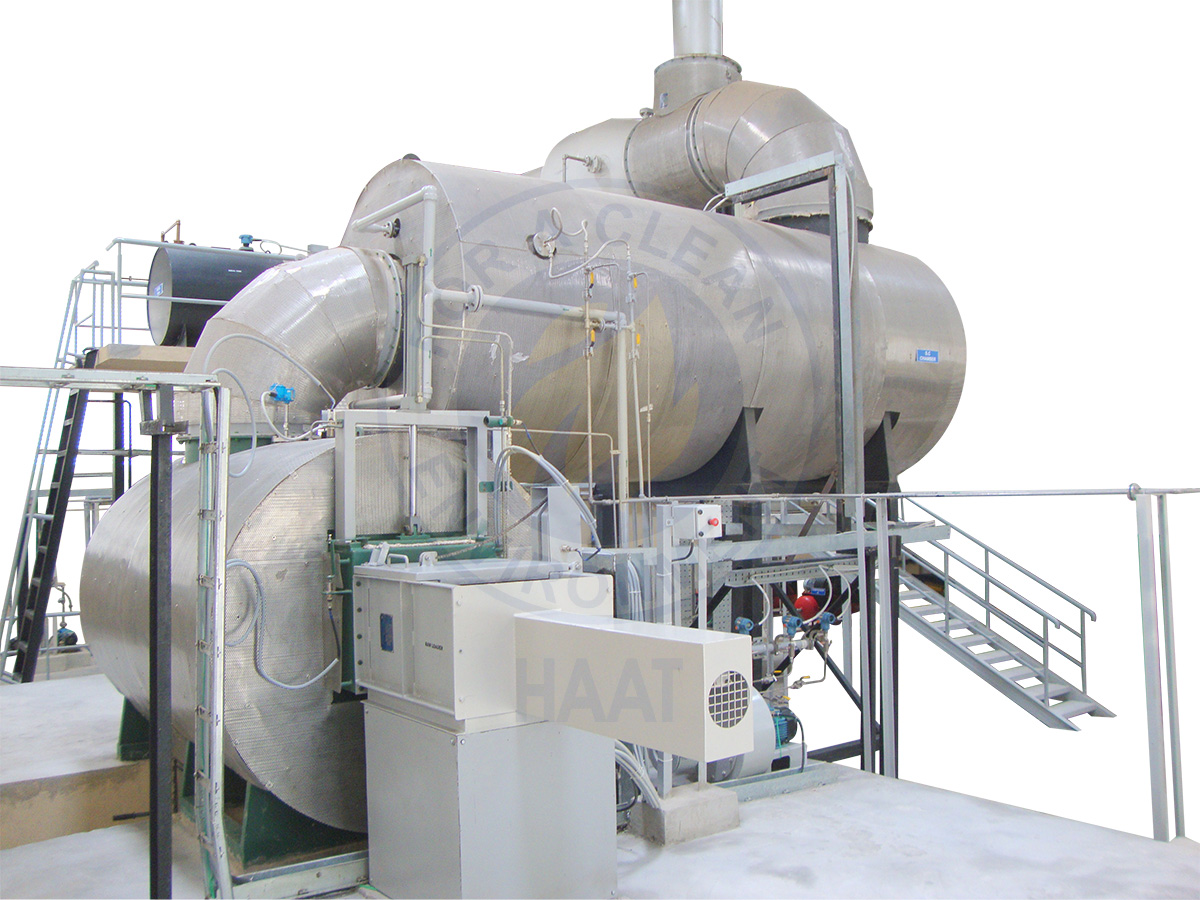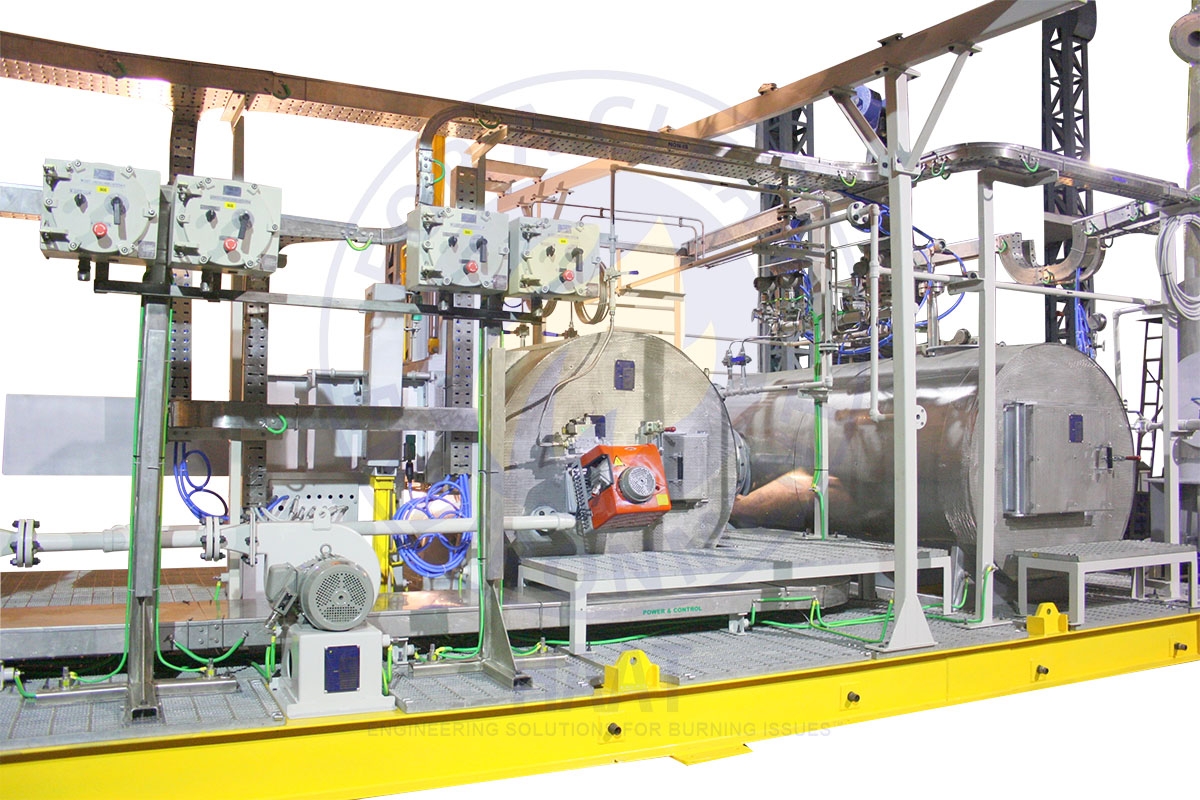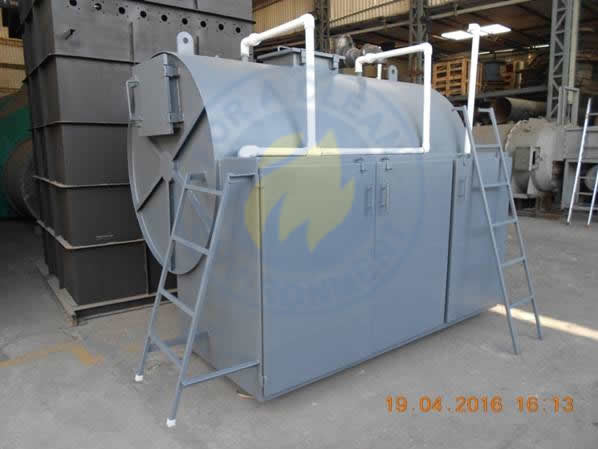The Indian automotive industry came of age in the early 90s, thanks to the opening up of the Indian economy, inviting overseas corporates and inves...
The Indian automotive industry came of age in the early 90s, thanks to the opening up of the Indian economy, inviting overseas corporates and investors to enter the huge Indian market. Prior to this period, it was a miniscule operation with 3 passenger car manufacturers, 2 truck/bus makers and 3 or so two wheeler makers. It would have been an unbelievable experience for a non-resident Indian returning to India to hear that he had to wait for 7 years to acquire a car! The waiting period for a two wheeler was 3 years. (The positive here was there were fewer road accidents!)
Today, the scenario has undergone a sea change. There are more than 30 passenger car manufacturers, more than 30 commercial vehicle makers, nearly 30 two wheeler manufacturers, 10 truck manufacturers, at least 10 heavy earthmoving equipment manufacturers and 10 or more agricultural equipment manufacturers The Indian two wheeler and passenger car markets are two of the largest in the world thanks to the growing urban population and its emerging middle class.. There are multiple European, Japanese and Korean car manufacturers in the fray, with India producing a little more than 5 million cars, trucks and commercial vehicles and 20 million two wheelers per year. It was predicted in 2014 that one third of the world`s demand for automobiles will be in the BRIC markets (Brazil, Russia, India and China). On the other hand, the trend in major auto manufacturers in developed countries is that the production has slowed down because of a saturated market and the urban population shifting their residence from downtown areas to suburban location and choosing other modes of travel like the metro and so on.
India is also a prominent auto exporter and has strong export growth expectations for the near future. In the automobile industry, exports keep growing at a steady percentage. In addition, several initiatives by the Government of India and major automobile players in the Indian market are expected to make India a leader in the Two Wheeler and Four Wheeler markets in the world by 2020.
With a large contribution to GDP and becoming one of the major auto manufacturers in the world, the Indian auto industry has many issues to tackle at each of its production plants. If we consider only environmental issues, more particularly the question of disposal of paint sludge collected periodically from collection tanks, it is a monumental job.
Many auto manufacturers in India have their own hazardous waste incinerator plants with air pollution control equipment conforming to CPCB guidelines for hazardous waste incinerators, while smaller ones send their waste to PCB approved Common Hazardous Waste Incinerator
It is comforting that the automotive industry is following the rules set by regulatory authorities and is exhibiting serious concern for the environment, as indiscriminate disposal of this hazardous waste will lead to serious contamination of the soil and ground water.
The automobile industry`s generation of hazardous wastes has increased tremendously during this period in tune with the demand for vehicles and increased production. The main waste is paint sludge from collecting sumps, both solid, semi solid and liquid. The other wastes are oil soaked cotton, painting jigs, etc.
Paint sludge is incinerated in a hazardous waste incinerator with its air pollution control equipment along with the oil soaked cotton. Jigs coated with paint are stripped in a special paint stripping chamber, using flue gas from the primary chamber.
There are other non-hazardous wastes such as general garbage, packing materials, food waste, etc. from the canteens of such large automobile companies feeding thousands of employees. Barring packing materials, other organic wastes can be conveniently composted.
Packing materials are easily disposed of in a Haat trash destructor because of its non-smoking, no-fuel consuming design.
Haat has supplied many incinerators like their model LRD and PDR and HD to the automobile industry and these are functioning quite efficiently, meeting environmental emission requirements. Haat has also operated and maintained some of these incinerator plants for a while to the satisfaction of the client.
Haat will continue to improve on the performance of their hazardous waste incinerator and its emissions with constantly upgraded technology and more efficient air pollution control equipment.
“Model GD-3 and GD-6 incinerators cater to all the waste generated in our hatchery plant. Working satisfactorily and no smoke is visible. We appreciate HAAT in helping us to dispose off our hatchery waste and mortality effectively.” - Dr. S.V. Deshpande, Manager, Venco Research and Breeding Farms Ltd.







